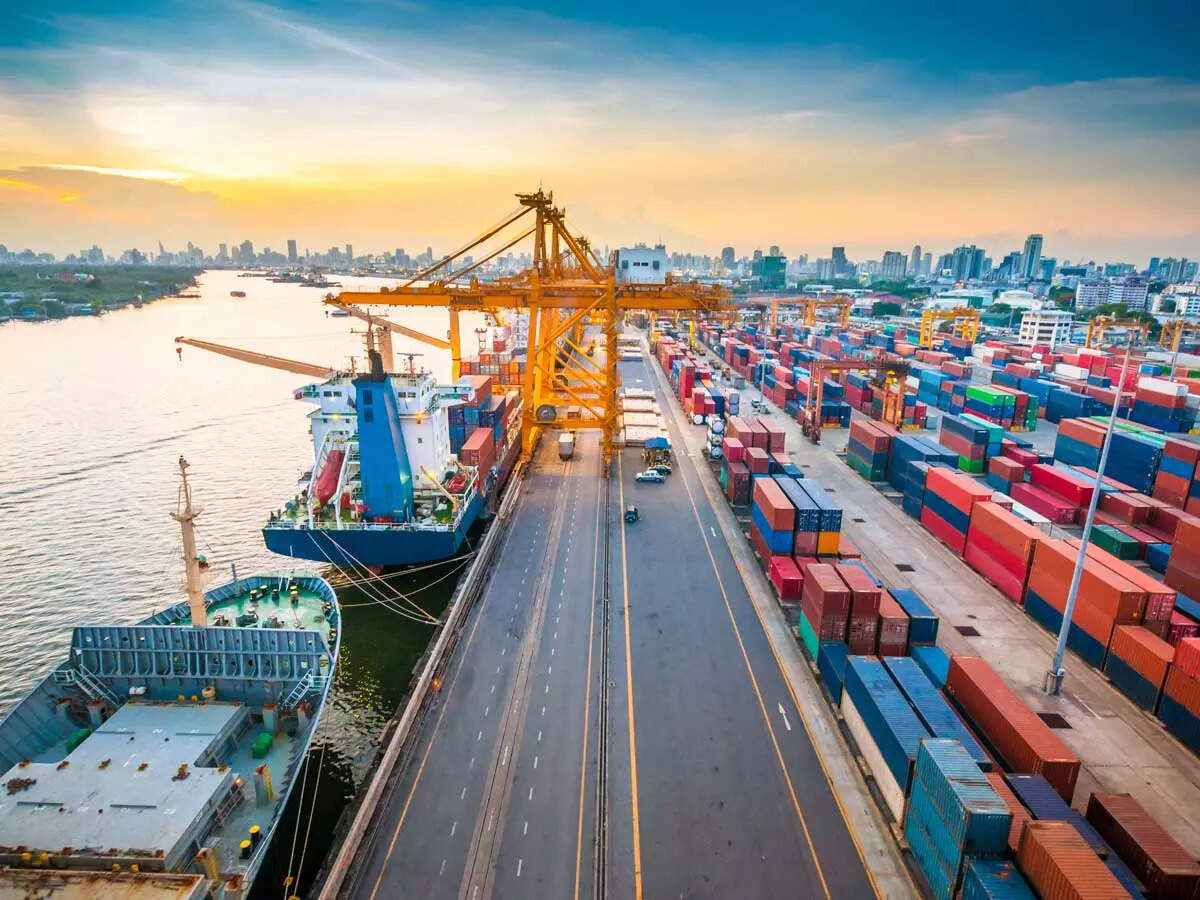
The global shipping industry is facing a deja vu of the pandemic era, and its impact is cascading across sectors. Spot freight rates have soared around 105% in the past three months and a severe container shortage is hurting industries from agriculture to automotive.
The Red Sea crisis has worsened supply chain disruptions, affecting food shipments, too. JSW Infrastructure expects relief from spiralling freight rates in 4-6 weeks, while Adani Ports and Special Economic (APSEZ) predicts sustained challenges through the upcoming season.
Spot freight rates have skyrocketed since the start of this fiscal to USD 5,806 per 40 freight ton (ft) as of July 25, according to Drewry’s World Container Index (WCI). It is, however, still lower than the Covid-era peak of USD 10,377 per 40ft in September 2021.
However, according to companies, the mix of strong consumer demand, supply chain disruptions, and equipment shortages are reminiscent of disruptions seen during the pandemic.
The container shortage has started to impact companies in the auto sector.
Echoing concerns about the current scenario, Bajaj Auto, the country’s largest exporter of motorcycles and three-wheelers, compared it to the pandemic-era challenges. “The situation is as severe as it was during Covid times, if not more. In the last six months, freight rates to most destinations in Latin America and Africa have doubled. Availability of containers is also an issue,” said Rakesh Sharma, executive director, Bajaj Auto.
Bajaj Auto exports to nearly 100 countries across South Asia, Southeast Asia, Africa, and Latin America.
Tyre maker CEAT saw a 3-percentage-point drop in profit margin in the June quarter due to higher input costs. Prices of natural rubber, one of the key raw materials in tyre manufacturing, spiralled, hurting companies as India imports half of its natural rubber requirement. Higher freight and container rates aggravated the situation.
The Shanghai Containerised Freight Index (SCFI), which tracks container freight rates from China to various global markets including India, surged more than threefold to around USD 3,700 twenty foot equivalent unit (TEU) last month from around USD 1,000/TEU before the Red Sea crisis. India is heavily dependent on the Suez Canal for 35% of its foreign trade with Europe, North Africa, and the Americas, mostly in containers. The Red Sea crisis has forced ships to detour around the Cape of Good Hope, escalating freight rates and insurance premiums.
Another sector disrupted by the crisis is foodgrain and perishable shipments, impacting low-value freight, comprising 10%-15% of total volumes. Maulesh Desai, director at CareEdge Ratings, forecast 8% growth in container volumes to 342 MMT this fiscal. He, however, believes that rising shipment costs are further eroding already slim profit margins.
Furthermore, Ajay Sahai, director general, Federation of Indian Export Organisations (FIEO), said: “Because of the impact at sea, exporters, especially in fashion apparel, footwear and high value perishables are moving to air cargo.” As a ripple effect, this is causing a demand-supply mismatch in the air cargo segment too due to insufficient freighters to meet the demand surge and delays in picking up cargo. Companies have a mixed view of when the scenario will get better.

